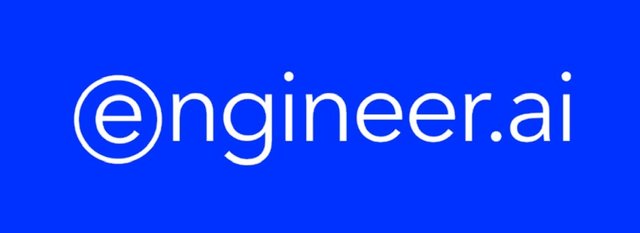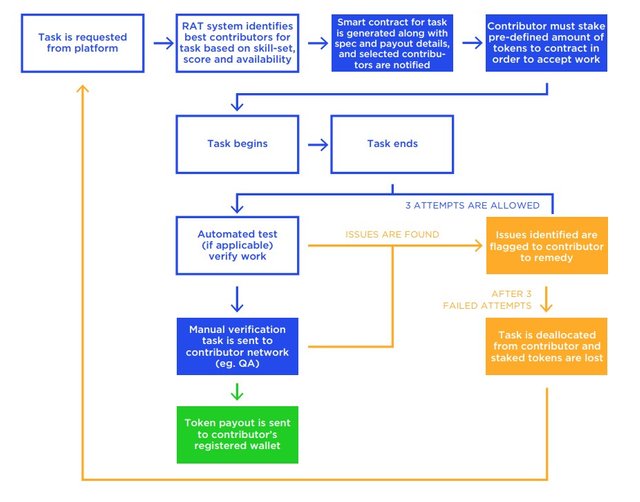
Each task has an associated Wise Agreement (this Sensible Agreement also contains a salted important mechanism for even more protected inter-app communication) which acts as an escrow. Every week at the starting of the task and, the customer sends them every week payment of NAYA tokens to the Wise Agreement and symptoms off on the task milestones which are described in their customer dashboard. In purchase to prevent any surprises at the last end of the task, or during the task advancement stage itself, the customer usually is supplied an up to date edition of the build along which an instantly produced position record upon which they possess to indication off.
The customer can end advancement at any period, and upon carrying out, therefore, the money for the past weeks are released from the Wise Agreement as payment, and any excess post the see period (1 week) is usually returned to the customer. During the training course of the task, as milestones are fulfilled, and the customer certifies the finalization, further money from the Wise Agreement are released.
Once the task is completed, a collection of quality assurance managers (QAs) sourced from the factor network verify the successful delivery of the mission. After this, the job is passed over to the customer for confirmation. If the customer recognizes any pressing problems post-delivery, the QA stakes are given up and provided to the customer as remuneration. The problems are designated to programmers on the network to repair after that, and the cycle repeats. Once the customer provides approved delivery, the staying money from the Wise Agreement is released.
When a function is requested from either a task, or another best component of the workflow, the Reference Tracker and Allocation program search for the most excellent members for the job-based in their relevant skill-set, and rating while optimizing for cost. Identified once, a Sensible Contract for the job is produced with a spec document attached via IPFS (decryptable just by the client’s personal essential). This will also contain information on payouts and stake needed.
In purchase to acknowledge the job, the factor must stake the required quantity of tokens, with the system itself, by lodging it into the Wise Agreement. After the job ends, the continuous function posted off-chain is definitely operated through computerized lab tests if suitable, and it is posted for manual confirmation via the contributor network then. If problems are discovered at either known level, the task is rejected, and it is sent to the original contributor to treatment back. The factor offers three such tries to repair and resubmit, and if they are incapable of comprehensive it, after that their stake is typically dropped and the job is undoubtedly reintroduced to the network. The network certifies the finalization of the function once, and the tokens are paid out to the contributor’s signed up wallet.
The flowchart illustrates how the client and contributor workflows come together in a project to ensure successful delivery. At the starting of the task, the developer duties are given via the network, and designers stake the necessary amount of tokens in purchase to start as defined in the Factor Workflow. The manual confirmation of delivery for the designers can be performed in component by the task manager designated to a task, as well as from the customer.

The Programmers also take action as an approver to assure they possess received all the property, therefore, making sure we prevent a to and fro afterward in the routine. The customer is ordinarily capable of demanding up to three alterations (this usually is not a hard guideline) to designers, and the task manager functions as a judge in purchase to mediate any disputes at this stage. Once the task is prepared for advancement, the regular short routine program starts.
Every little, designer function is generally allotted via the network and QAs function to verify the promotion performed in the earlier short as defined in the Factor Workflow. After a milestone is reached, and the customer certifies its delivery, a partial payout usually is released to the system. The task is comprehensive once, the task delivery is generally approved as referred to in the Customer Workflow, the component of the payment to QA is released, and the task enters a 90-time pest repairing period. During this screen, if any pests are discovered, then the QA-held amount will be steadily forfeited to the platform to fix these bugs, as the customer will not carry any extra price of having them set.
At the end of the period, the last payout usually is produced to the QAs. During this whole procedure, if at any stage a factor is undoubtedly incapable of delivering, their stake is traditionally given up.
For more information about this project please refer to the following lines:
Website: https://token.engineer.ai/
Whitepaper: https://s3.ap-south-1.amazonaws.com/engineer.ai-demo/Whitepaper+-+Engineer.ai+v4.01.pdf
ANN Thread: https://bitcointalk.org/index.php?topic=5006742
Facebook: http://www.facebook.com/engineeringai
Twitter: https://twitter.com/engineeringai
Telegram: https://t.me/eaitoken
Reddit: https://www.reddit.com/r/EAIToken/
Author Information:
Bitcointalk ID: cryptopowering
Bitcointalk link: https://bitcointalk.org/index.php?action=profile;u=1771063
ETH ID: 0x3c9D2f192a96b9269e59B97Dab18f58674079487